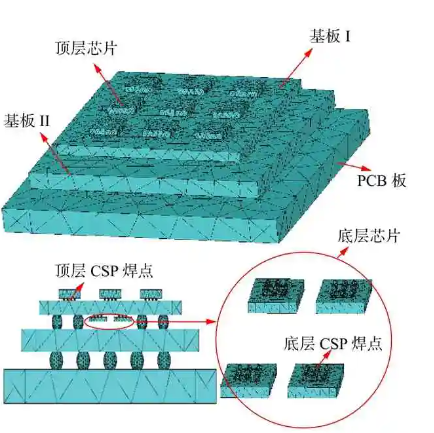
- Home
- >
News
An X-ray stress diffractometer is a widely utilized instrument in the field of materials science and engineering for measuring the internal stress distribution of materials.
XRD is the most advanced X-ray diffractometer system in the world today, with precise design and complete functions, and can flexibly adapt to various microstructure determination such as powder.
Founded in 2002, Dandong Tongda Technology Co., Ltd. is a national high-tech enterprise with X-ray analysis instruments and X-ray non-destructive testing instruments as its leading products
Recently, the Ministry of Science and Technology announced the list of the second batch of key projects under the 2023 National key research and Development Plan "Basic scientific research Conditions and major scientific instruments and equipment research and development".
Different crystal forms of the same drug may differ significantly in appearance, solubility, melting point, etc., affecting the stability, production, bioavailability, and safety of the drug.
X-ray diffraction is a method to study the phase and crystal structure of a substance by using the diffraction phenomenon of X-rays in a crystal.
X-ray diffraction is a method of analyzing the structure or composition of a sample by shining a monochromatic X-ray beam on it.
Battery material analysis helps to understand and optimize battery performance, improve battery safety and life, reduce costs, and promote the development and application of new materials.
In-situ XRD, also known as In situ X-ray Diffraction, is a technique for making X-ray diffraction measurements during a structure or phase transition. This technology can monitor the dynamic change of the structure of the material under external force in real time.
Powder X-ray diffraction, as one of the methods for the study of drug polymorphism, has the advantages of not destroying samples and simple operation, and is the main method for the qualitative and quantitative analysis of drug polymorphism at present.












